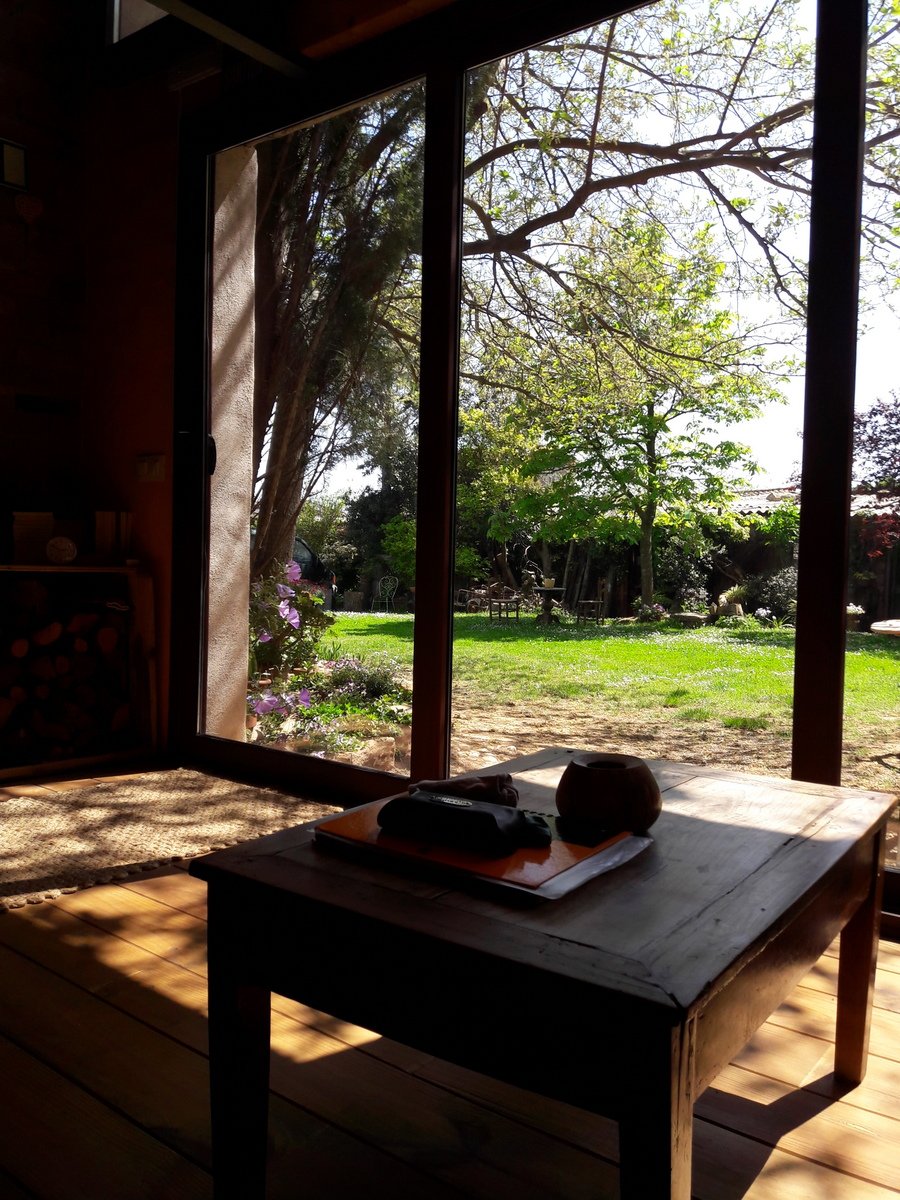CRANIOSACRAL BIODYNAMIC
Craniosacral Biodynamic is a manual therapy developed by osteopath William G. Sutherland (USA, 1873-1954) who dedicated his life to practicing listening to clients with his hands and investigating the body's own ability to heal, regulate and balance.
These discoveries created a new palpation and treatment system that is non-invasive and non-manipulative and uses the system's own life intelligence as a guide to the healing process.
The name craniosacral comes from the words skull (cranium) and sacrum, the two poles of the Central Nervous System, including the brain and the surrounding structures. Biodynamics refers to the life force that constantly seeks the best internal and external balance.
Craniosacral Biodynamics works with the body and its energy field as the home of our sensations, emotions, thoughts, actions and spirit.
We all have a way of living, expressing ourselves and experiencing the world that is given by both existing conditions and all our accumulated life experiences. We have been creating patterns and habits to survive that we are no longer aware of because we have identified with them, for example, I am shy, I am usually in a bad mood, things are always hard for me, my back is not strong, I have migraine... There are many of them and they take many different forms. But they are just that, forms, not who I am or who I am predestined to be. I don't need to be a victim of my past, I always have the option to change in the present.
Craniosacral Biodynamics does not treat symptoms or pathology, but works with the system's inherent capacity for change to reorganise and rebalance.
biodynamic principles
-

listening
Listening from stillness gives us a reflection of who we are and is a guide to reconnection. Helps regulating the autonomic nervous system
-

stillness
Stillness helps us to orient, increases our vitality and allows us to perceive inner wisdom. It helps reconnect with our intention and the meaning of life
-

wholeness
Trauma and stress fragment and deplete us. Recovering our wholeness helps us integrate past and present experiences and opens the access to calmness and well-being
SESSION OF CRANIOSACRAL BIODYNAMICS
The session usually starts sitting down and talking about why the client has come if it is the first time or assessing how the process is going if they are follow-up sessions. Then we move on to table work, where the client lies down fully dressed and gets comfortable. The therapist is either sitting or standing and makes different contacts with her hands. It is a listening touch to different levels, the nervous system, the tissues and fluids, the energy field and it senses how the system is organised.
The therapist listens to the cyclical movement that is noticeable both in the tissues of the body and in the electromagnetic field that surrounds it. This cyclical movement is called Primary Respiration and shows the inherent ability of the organism to always find the original blueprint.
The client simply observes the process that is unfolding. She may notice physical sensations such as heat, cold, movement in her organs and intestines, re-alignment of the spine, feeling heavier or lighter, spasms,... When the body relaxes, the autonomic nervous system regulates and this is the language it uses, that of bodily sensations.
Each client is unique, a back pain is never the same for one person as for another, their biography is different and therefore the path that a client will take to improve will be their own path.
As we said before, a part of the person's body language is sensations but it is not the only one, the client can also observe that emotions such as sadness, anger, joy or others arise.Images or thoughts are also part of the process, as well as experiences of peace, unity, well-being, calm and reunion with oneself.
It is a therapy where what is important is not doing but being. To be without obligations, or haste, to be with what arises now in the present. It is a path to oneself, a path to inherent health, to unity and to an integrated functioning of the person.
RECOMMENDED TO:
Craniosacral Biodynamics is recommended for all ages, from babies to the elderly.
Who wants to relax
Who feels good
Who wants to reconnect with oneself
Who has lost the sense of life
Who is experiencing challenges
Who suffers symptoms related to stress, surgery, accidents, traumas:
anxiety, pain, tiredness, insomnia, fear, alertness, lack of concentration...Who needs to recover their physical and/or emotional balance: any physical or emotional pain that cannot recover on their own (headache, back pain, digestion problems, general tension, anger, sadness,...)
Who is experiencing processes of change: separation, loss, death, birth, disorientation, illness, changes in family dynamics, transitions, old age, pregnancy, becoming a mother or father, adolescence...


